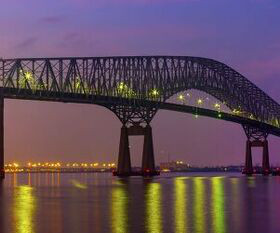IHS Markit: 2020 low-sulfur requirements for marine bunker fuels causing scramble for refiners and shippers
Green Car Congress
AUGUST 28, 2017
On 27 October 2016, the International Maritime Organization (IMO) announced that beginning on 1 January 2020, the maximum sulfur content allowed in marine bunker fuel will be reduced from 3.50% mass by mass (m/m) to 0.50% m/m (35,000 ppm to 5,000 ppm)—five years earlier than many expected. Earlier post.)























Let's personalize your content